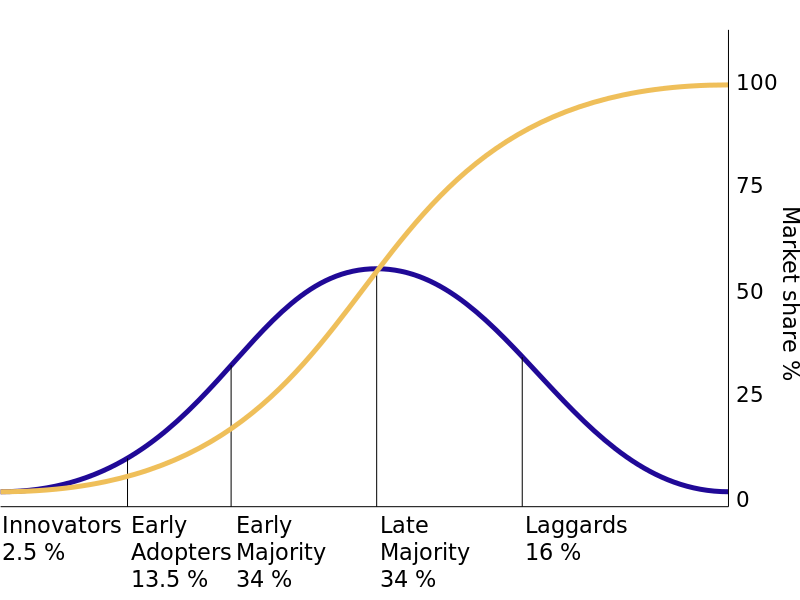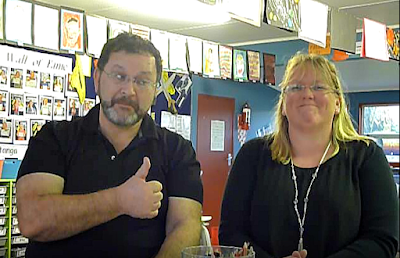Week 15 - DIGITAL - Inquiry Learning and Robotics
Inquiry
Inquiry has been described as “the organised pursuit of curiosity.” (Stenhouse, 1981)
Inquiry Learning vs. Teacher Inquiry
This week, in this course we are covering inquiry learning, and in the leadership course we are covering teacher inquiry. Team Solutions (2009) make the distinction between them as follows:
| Inquiry Learning (DIGITAL) | Teacher Inquiry (LEADERSHIP) |
| A process where students co-construct their learning in an authentic context | Where teachers inquire into their own practice and use evidence to make decisions about ways to change that practice for the benefit of the students |
Slide Set for the Before/In Class Activity
For the before class activity, you should have contributed to the shared slide deck of models used in NZ schools: http://tinyurl.com/inquirymodel
Tools That Can Help Manage Inquiry Projects
Some tools we have previously introduced that may be useful for this week's In Class inquiry:
When using the library website, do not rely just on Articles-Express to find all the resources you need, since it does not cover the whole of the library's holdings. Also search the databases, e-journals etc.
Contact Unitec IMS support if your Library login doesn’t work.
When using Google Scholar, make sure that you have linked the Unitec library to your searches (Settings -> Library Links -> search for 'Unitec'). Remember that you can also save references to articles you have found in Google Scholar ('Save' -> 'My Library') and generate APA references ('Cite').
Fertile Questions
Here are some ideas from Harpaz (2005) on six characteristics of 'fertile' questions that might be used in an inquiry:
- Open - there are several different or competing answers
- Undermining - makes the learner question their basic assumptions
- Rich - cannot be answered without careful and lengthy research, often able to be broken into subsidiary questions
- Connected - relevant to the learners
- Charged - has an ethical dimension
- Practical - is able to be researched given the available resources
Which careers are a safe bet?
In 2015 the BBC set up a web page entitled "Will a robot take your job?" Try typing in job titles into the search box to find out the likelihood that they could be automated within the next two decades. tinyurl.com/willarobottakeyourjob (in class)
Library Website Feedback Survey
If you have encountered any issues with using the library website, please give your feedback at tinyurl.com/TMLlibrary
Edison
To program the Edison robot you just need to go to the EdBlocks site, you can program this robot in a web browser and that address is below:
EdBlocks: www.edblocksapp.com
EdBlocks: www.edblocksapp.com
If you choose to program the Edison in class, this short video will give some guidance.
mBbot
To program the mBbot you will need the latest version of mBlock - version 3.4.11 (Windows and Mac). The respective link is the same for both.
Latest version of mBlock: tinyurl.com/TMLMBot (The respective link is the same for both)
Latest version of mBlock: tinyurl.com/TMLMBot (The respective link is the same for both)
This short video will be helpful when programming the mBots in class, it looks at how to generate Arduino code in mBlock and then upload the code to the robot mBot.
MeArm
To program the MeArm robot you will need to have installed mBlock version 3.2.2 (Windows) or version 3.3.1 (Mac). The respective links are below:
Windows: tinyurl.com/TMLmBlockMac: tinyurl.com/TMLmBlockMac
Windows: tinyurl.com/TMLmBlockMac: tinyurl.com/TMLmBlockMac
To install on Mac you may have to change your security settings to allow downloads of apps that are not in the app store.
The program downloads as a zipped archive file. Make sure that after you have downloaded it, that you extract it to another folder before attempting to run it.
Do NOT update the version after you have installed mBlock
When you create the code for your robot, you will also need to use the mBlock project file that is included in the video about programming the robotic arm. Click on the link below, then download the file to a local folder. Then you can add it into your mBlock workspace (File -> Load Project).
Robotic Arm.sb2
Robotic Arm.sb2
If you choose to programme the MeArm robot with mBlock you should watch the following videos for some guidance on the different steps.
Step 1 - Wire up your robot arm as described in the previous class video.
Step 2 - Programme the robot while viewing and pausing the video at each step in “Programming the Robot Arm with mBlock”.
If you run into problems - think of why, try to solve them and learn. There is also a useful troubleshooting guide.
References
Harpaz, N. (2005). Teaching and Learning in a Community of Thinking. Journal of Curriculum and Supervision, 20(2), 136-157. Retrieved from http://yoramharpaz.com/pubs/en_learning/teaching-learning.pdf
Healey, L. (2015). A Student-Led, Flipped, Inquiry-Based Learning Classroom Doing Authentic Work. Teachthought. Retrieved from http://teachthought.com/learning/student-led-flipped-inquiry-based-learning-classroom-authentic-work/
Stenhouse, L. (1981). What counts as research? British Journal of Educational Studies, 29(2), 103-144.
Team Solutions. (2009). Thinking about Inquiry. Retrieved from http://teamsolutions.wikispaces.com/Teaching+as+Inquiry


